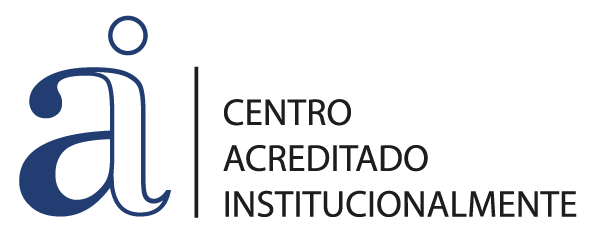Seminario del Departamento de Física Teórica: “QUOKKAS: Measuring cosmological distances using VLBI”.- Jueves 30 de enero
El jueves 30 de enero de 2025, a las 12:10 h, tendrá lugar un seminario organizado por el Departamento de Física Teórica. Será impartido por Lorena Amaya Ruiz (Universidad de Sejong, Corea del Sur) con el título “QUOKKAS: Measuring cosmological distances using VLBI”. Se celebrará en el Seminario de Física Teórica, ubicado en la primera planta del Edificio A.
Resumen (en inglés):
Distance measurement remains one of the most fundamental yet challenging aspects of astronomy. While established methods like parallax, Type Ia supernovae, and Cepheid variables have helped transform astronomy into a precise physical science, astronomers continue to seek new standard candles and rulers. Very Long Baseline Interferometry (VLBI) is a powerful technique that combines radio telescopes across continents to achieve great angular resolution. Thanks to that, VLBI is a good technique for observing active galactic nuclei (AGN), which rank among the universe's most luminous objects and show promise as distance indicators. We present a novel method that combines radio flare observations in AGN jets with causality arguments to establish a standard ruler, which can be calibrated against apparent sizes measured through VLBI. This 'Causality Distance' method is currently being implemented in the Cosmological Quasar Observations on the KVN from Korea to Australia and South Africa (QUOKKAS) project, monitoring 50 AGN weekly across a redshift range of 0 < z < 5. To validate this approach, we analyzed archival data from MOJAVE (Monitoring Of Jets in Active Galactic Nuclei with VLBA Experiments), selecting 15 sources to determine their angular diameter distances using the Causality Distance method.

